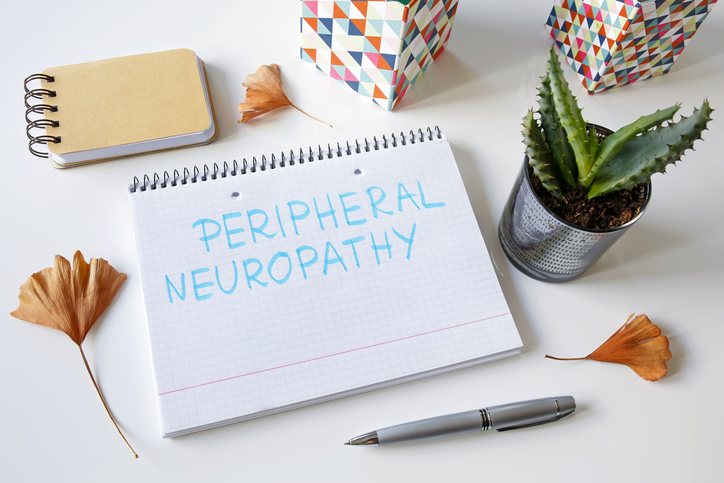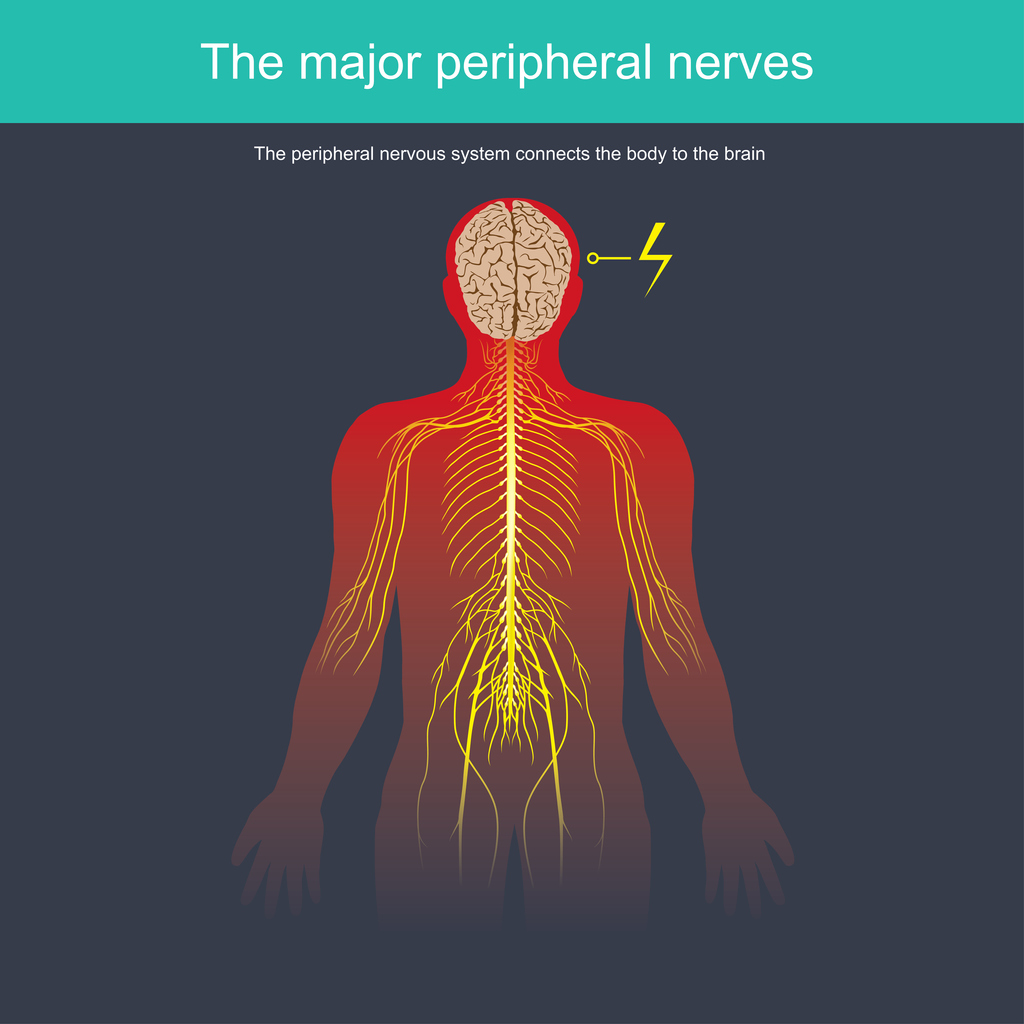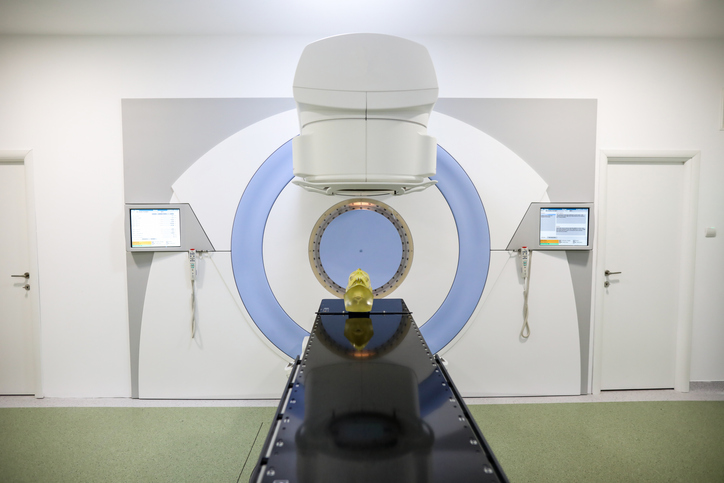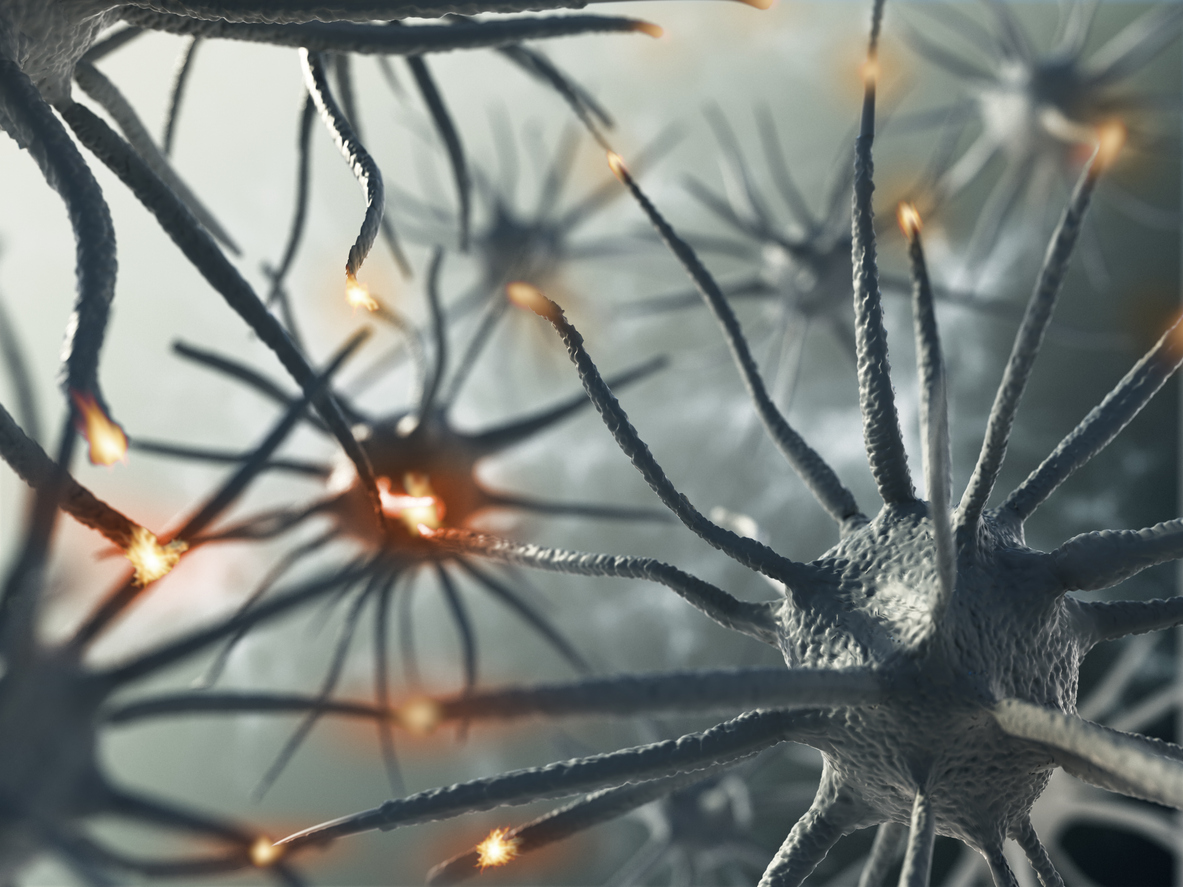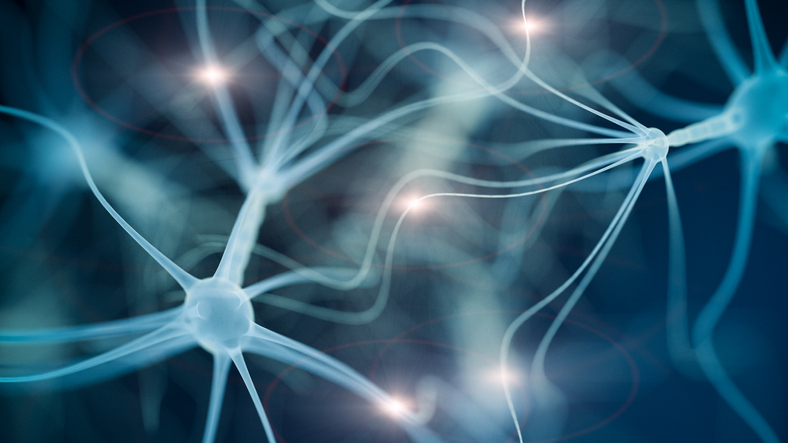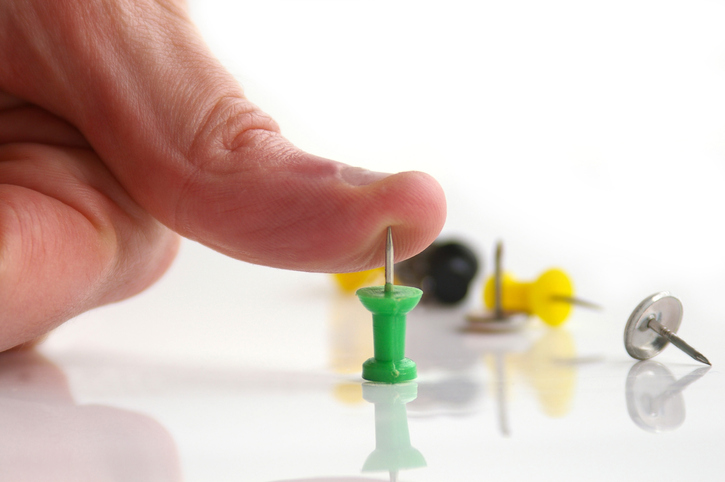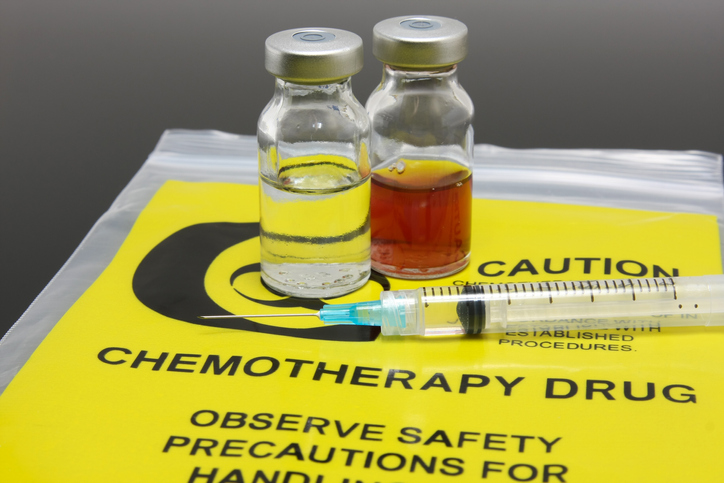Pain
Conventional Treatment Options for Peripheral Neuropathy

Treatment of peripheral neuropathy is highly dependent on the cause, the type of nerve damage, symptoms, and the location of the damaged nerves. The aim of treatment is to manage or rectify the underlying condition causing the neuropathy to reduce or alleviate symptoms.
Treating the cause
- Alcohol abuse
Treating neuropathy caused by alcohol abuse involves reducing or eliminating the consumption of alcohol to prevent its toxic effect on nerve tissue. Alcoholism is also associated with an unhealthy diet, resulting in vitamin deficiencies; therefore, supplementing with vitamins and adopting a healthy, nutritious diet may also be recommended. - Nerve compression
Surgery may be recommended if a growth, damaged disc in the back or neck, injury to a nerve, or nerve compression exists. The surgical procedure addresses the cause of pressure on the nerve(s). - Toxic substance exposure
Treatment of peripheral neuropathy caused by toxic substance exposure involves reducing or eliminating any dietary and environmental exposure to heavy metals, chemicals, gold compounds, lead, arsenic, mercury, or organophosphate pesticides. - Underlying health conditions
Diabetes, shingles and cancer are common underlying health conditions that can damage the nerves, causing nerve pain. Diabetes is a common cause of peripheral neuropathy and is only treatable when blood glucose levels are controlled. Oftentimes, treating the underlying health condition that is causing peripheral neuropathy relieves neuropathy symptoms. - Vitamin deficiency
Neuropathy caused by vitamin deficiency is treated with vitamin therapy and a healthy, nutritious diet.
Treating the symptoms
Medications
- Pain relievers
Over-the-counter (OTC) medications, such as nonsteroidal anti-inflammatory drugs, are often recommended for mild-to-moderate symptoms. Prescription pain medication, such as tramadol or oxycodone, may be prescribed for more severe symptoms. Tapentadol is a relatively new class of drug that has been FDA approved to treat diabetic neuropathy; it has both opioid and norepinephrine-reuptake inhibition properties. - Anti-seizure medications
Although anti-seizure medications, such as gabapentin and pregabalin, were originally designed to treat epilepsy, they can also be prescribed to alleviate certain types of nerve pain. - Topical pain relief
Topical pain relievers, such as capsaicin cream, can be purchased over-the-counter or prescribed in higher concentrations. Lidocaine patches or creams are also available to reduce localized pain. - Antidepressants
Some tricyclic antidepressants, such as amitriptyline, nortriptyline and doxepin, disrupt the chemical process of the sensory neurons in the central nervous system. Certain serotonin and norepinephrine reuptake inhibitors, such as duloxetine hydrochloride and venlafaxine, may help reduce diabetic neuropathic pain.
Physical and occupational therapy
Nerve damage can cause muscle weakness, causing loss of balance and falls. Physical therapy involves strengthening affected muscles. Occupational therapy involves learning how to use any recommended assistive devices, such as braces, canes or walkers.
Transcutaneous electrical nerve stimulation (TENS)
Transcutaneous electrical nerve stimulation therapy is a drug-free, noninvasive treatment that disrupts the transmission of pain signals from the nerves to the brain. Mild electric current is delivered through electrodes placed on the skin near the affected nerves to alleviate pain.
Nerve blocks
During a nerve block, a health care provider injects an anesthetic, corticosteroid, or a combination of both directly into the affected nerve(s).
Plasma exchange
The goal of plasma exchange, or plasmapheresis, is to suppress immune system activity, which may help with treatment of neuropathy caused by inflammatory conditions. During this procedure, blood is removed from the body, cleansed of irritating antibodies, and then returned to the body.
Intravenous immune globulin therapy
Intravenous immune globulin therapy involves intravenous administration of high doses of proteins that work as antibodies (immunoglobulins).


